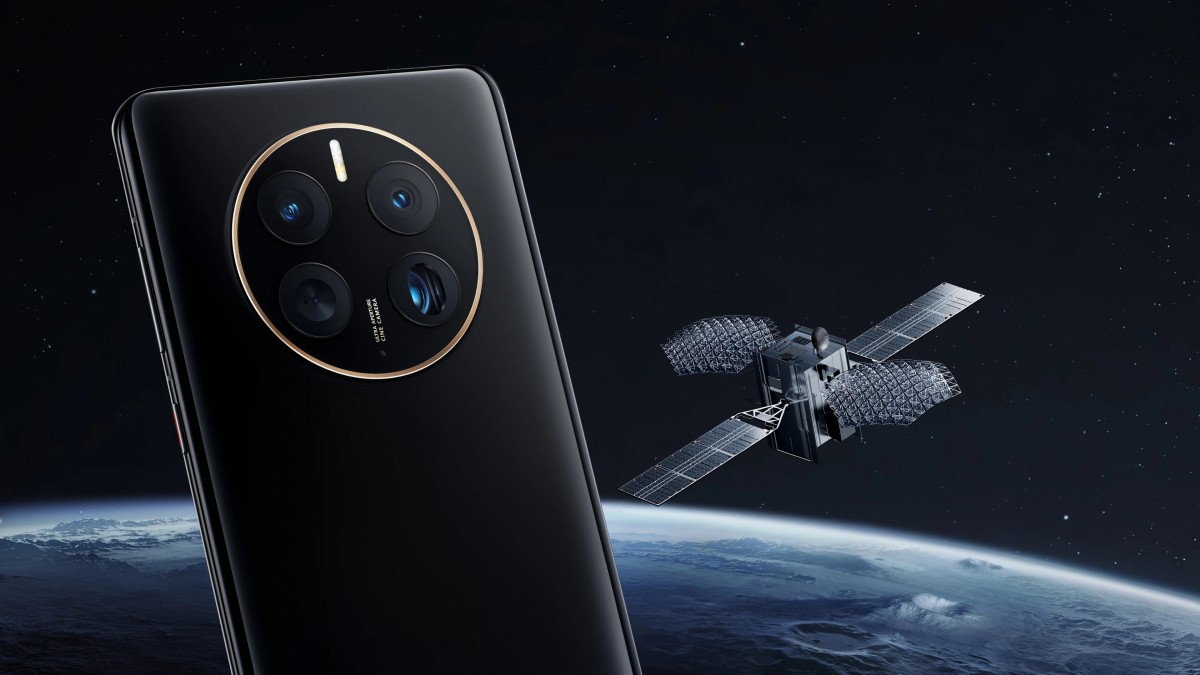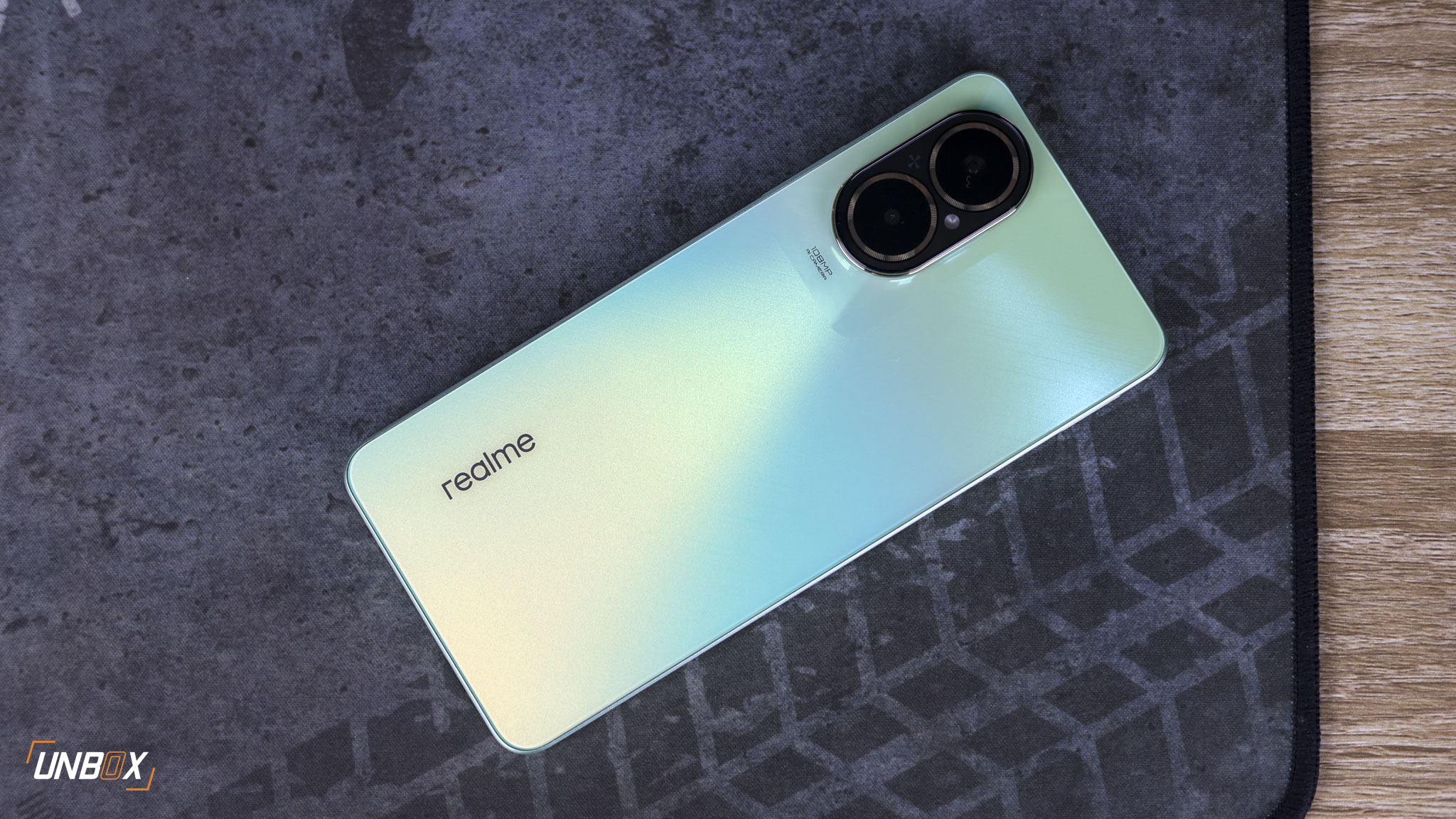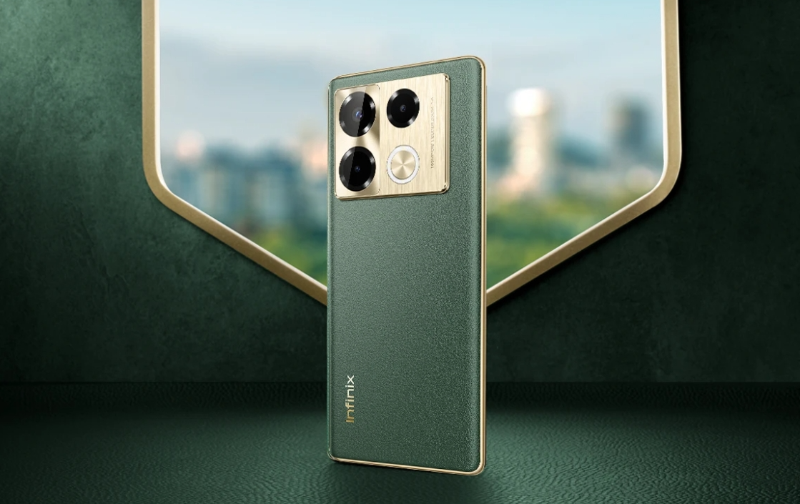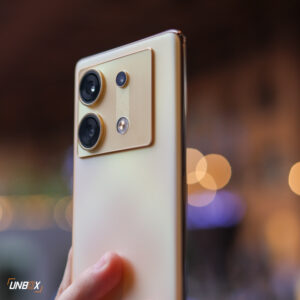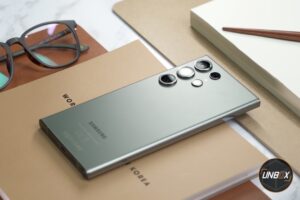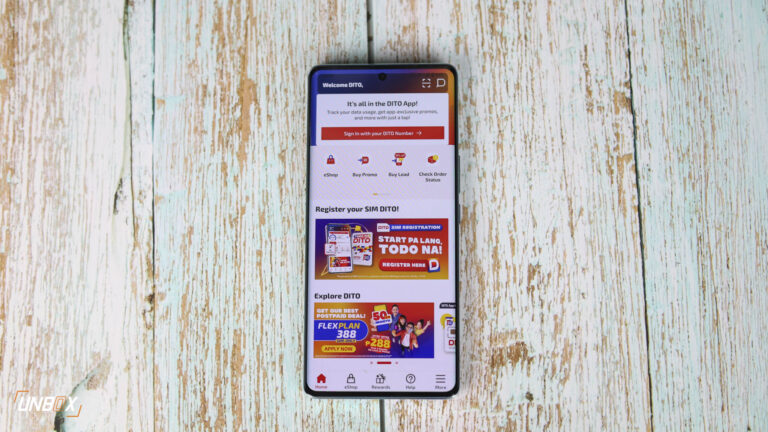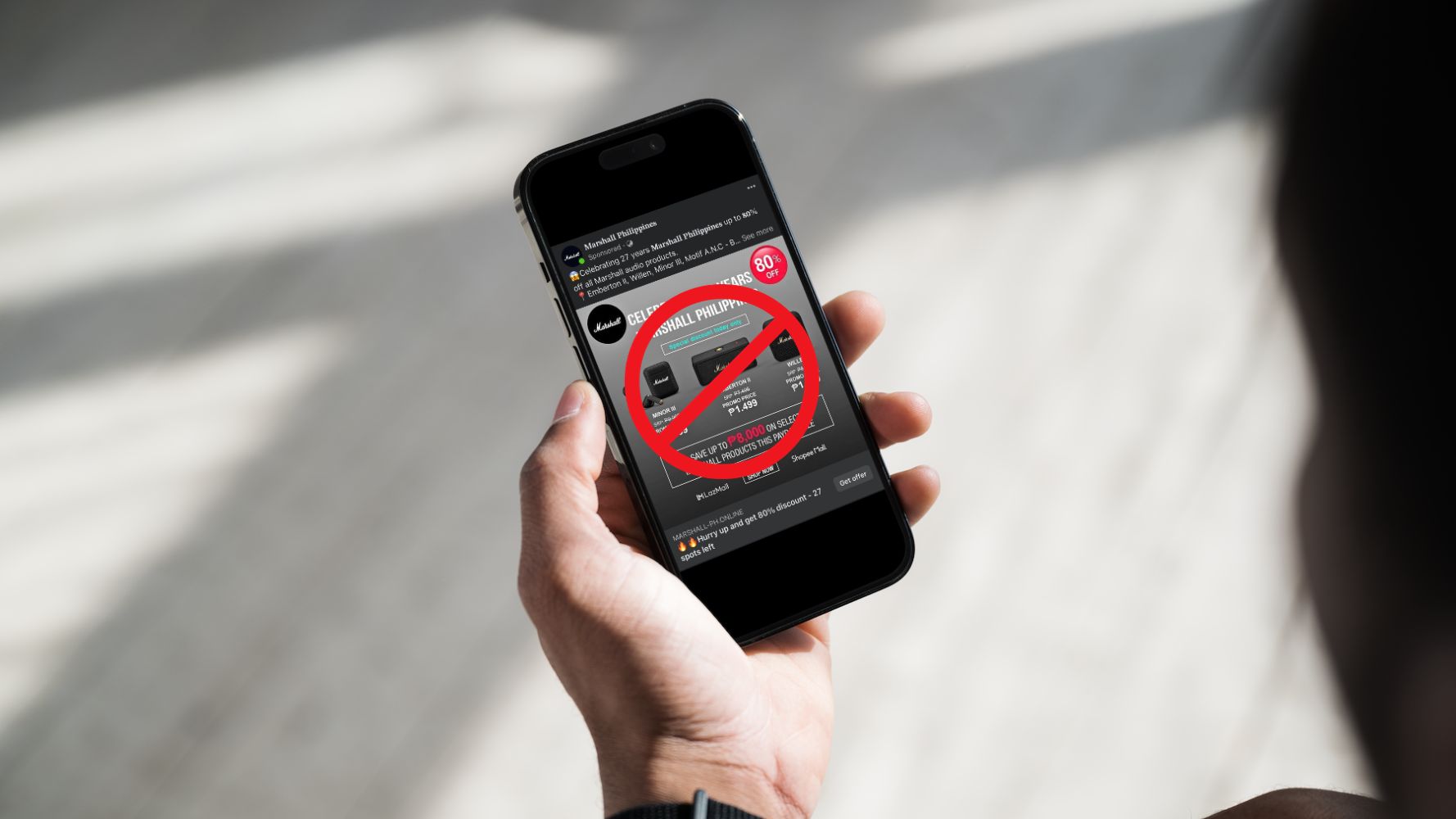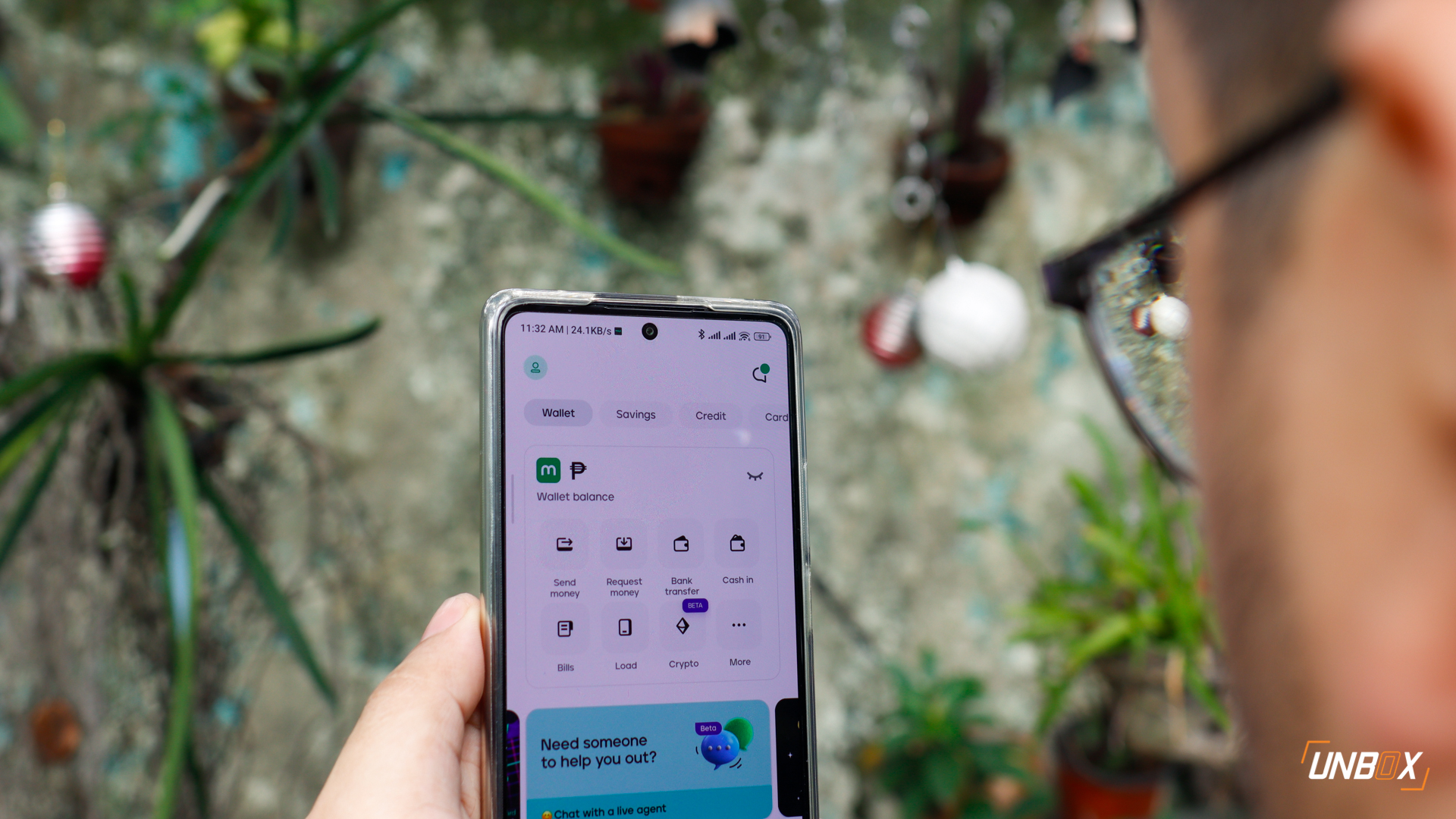People were excited to hear that Huawei has finally unveiled the Mate 50 series in China. While it’s nice to see the brand use the latest Snapdragon 8+ Gen 1 chips on its latest flagships, the most glaring detail everyone noticed that these are not your usual chips: unlike those in other Android phones, the Snapdragon 8+ Gen 1 processor Huawei used on the Mate 50 series is missing 5G connectivity, and are limited to just 4G connectivity.
The absence of 5G on flagship phones like the Mate 50 series has been going on for a while, as Huawei also did the same with the Snapdragon 888-powered P50 series, P50 Pocket, and Mate Xs 2. So why is 5G missing on these Huawei flagship phones even if the processors used are actually capable of 5G? It all stems down to the trade sanctions imposed by the US government on Huawei.

While Qualcomm is allowed to supply chips to Huawei, part of the agreement they made back in 2020 is that Qualcomm cannot supply 5G-ready chips to the Chinese tech giant. This is on top of Huawei losing access to Google as a result of the trade ban. Because of this, Huawei can still launch new phones with the latest processors–at the expense of losing out on 5G because of the trade restrictions imposed against them.
“Because of the four rounds of US restrictions over the past two years or so, 5G phones are beyond our reach and we have to go with 4G,” Huawei Consumer Business Group CEO Richard Yu said during the launch of the P50 series in CNBC’s report. Despite the handicap, Yu insisted that all of its phones will still offer the best possible performance, and that “only a very small drop in speed will be experienced, almost negligible.”
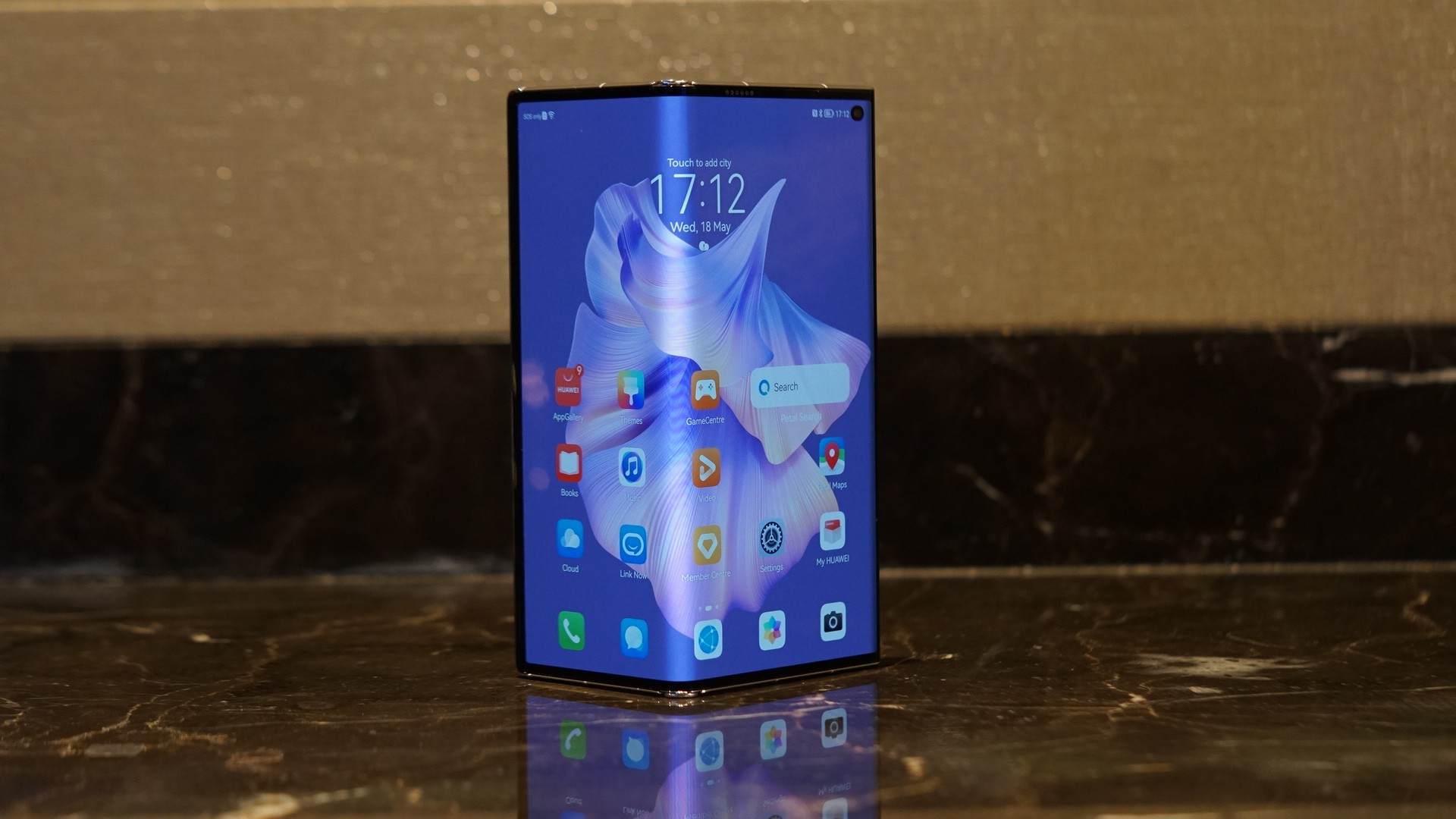
Despite Huawei remaining positive about its 5G-less situation, there’s no denying that the US Trade ban has heavily affected its sales. Even in its hometown in China, Senior Research Analyst Ethan Qi said in Counterpoint’s Q2 2021’s report that Huawei’s market share declined to 10% in Q2 2021 from 32% in Q2 2020.


